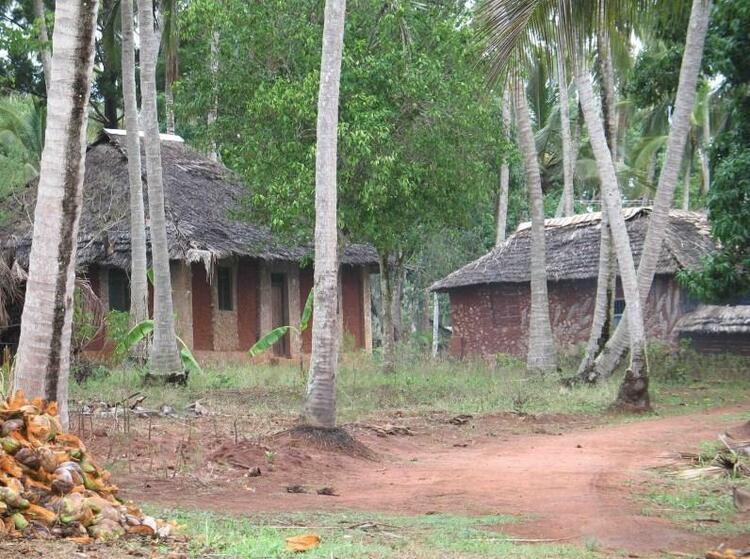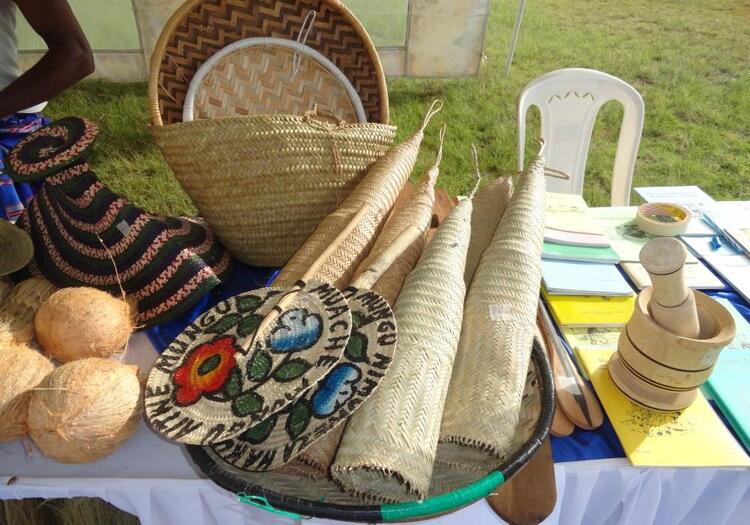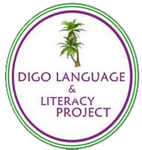The Digo are an ethnic and linguistic group based near the Indian Ocean coast between Mombasa in southern Kenya and Tanga in northern Tanzania.
The Digo culture revolves around clans and age-sets. A Digo clan consists of several family groups with a common patriarchal ancestor.
Our Village
Traditionally, each clan lived in one fortified village built in a cleared area of the forested ridges. A person's role and social standing within a clan was determined by his age-set. Members graduated from one age-set to another through set rituals.

A Digo homestead
Like other Kenyan tribes today, the Digo people have assimilated to modern cultural practices, resulting in the disappearance of many of their traditional customs.
Our Food
The Digo are considered some of the best cooks among the Kenyan tribes. They are detailed and precise when cooking. Wali, a popular Kenyan food, is also a staple of the Digo tribe. Wali is rice prepared with coconut milk, giving it a sweet taste.

Digo traditional kitchenware
Fish and other seafood are also common in Digo cuisine.
Agriculture
Agriculture is the main economic activity of the Digo people. Their most valuable cash crop over the years is the coconut palm, whose products include oil extracts and palm wine. Its fronds are also used for roofing and as material for making baskets, mats, brooms and other weaved products.
Coconuts and Cashewnuts
Other important cash crops include cashew nuts, oranges and mangos. Where there is good weather conditions, some also grow annual crops such as maize, sugarcane, rice and beans.
The Digo people are also actively involved in fishing . They fish in the neighboring Indian Ocean, where they catch enough seafood to supply to Kenya's coastal hotels and residents.
